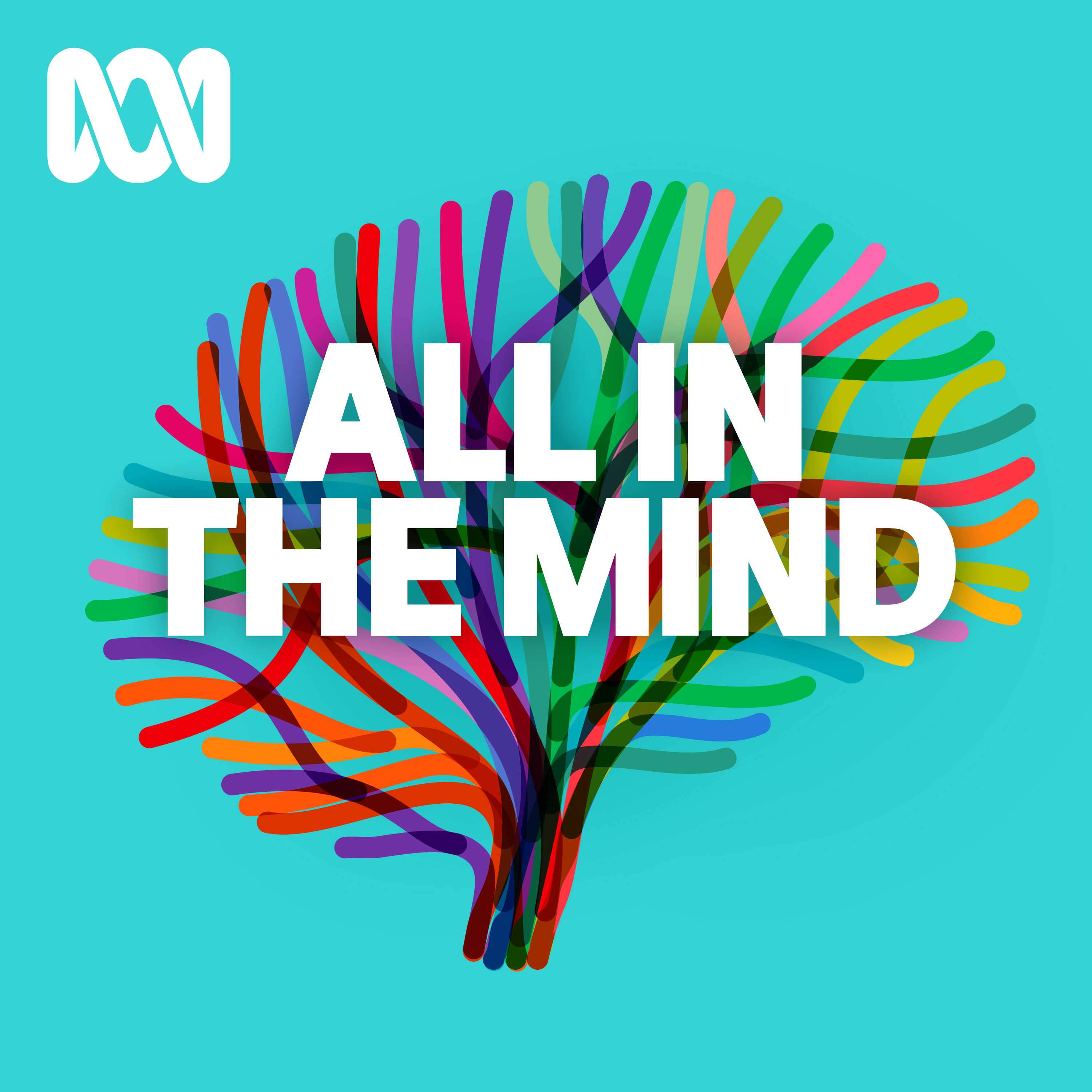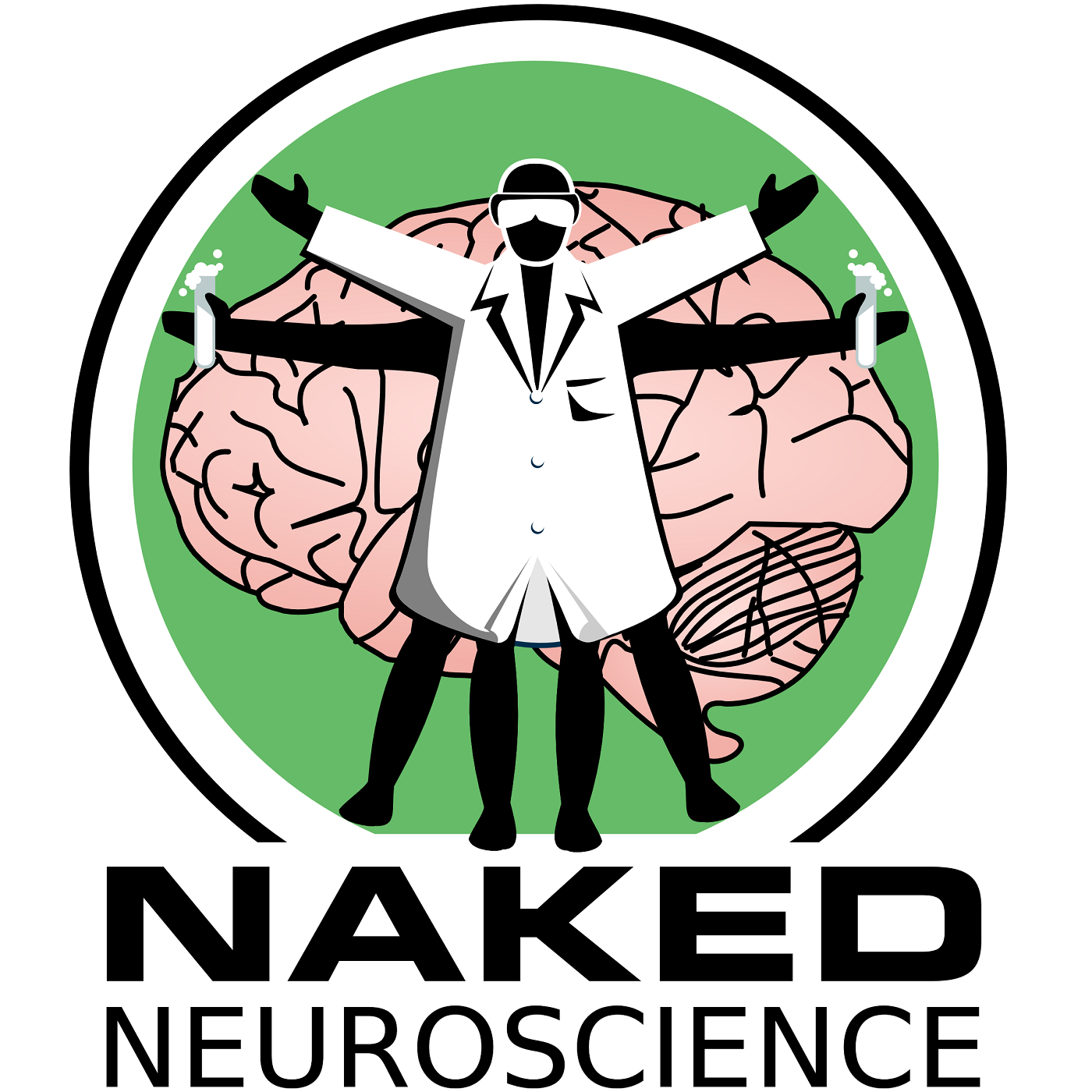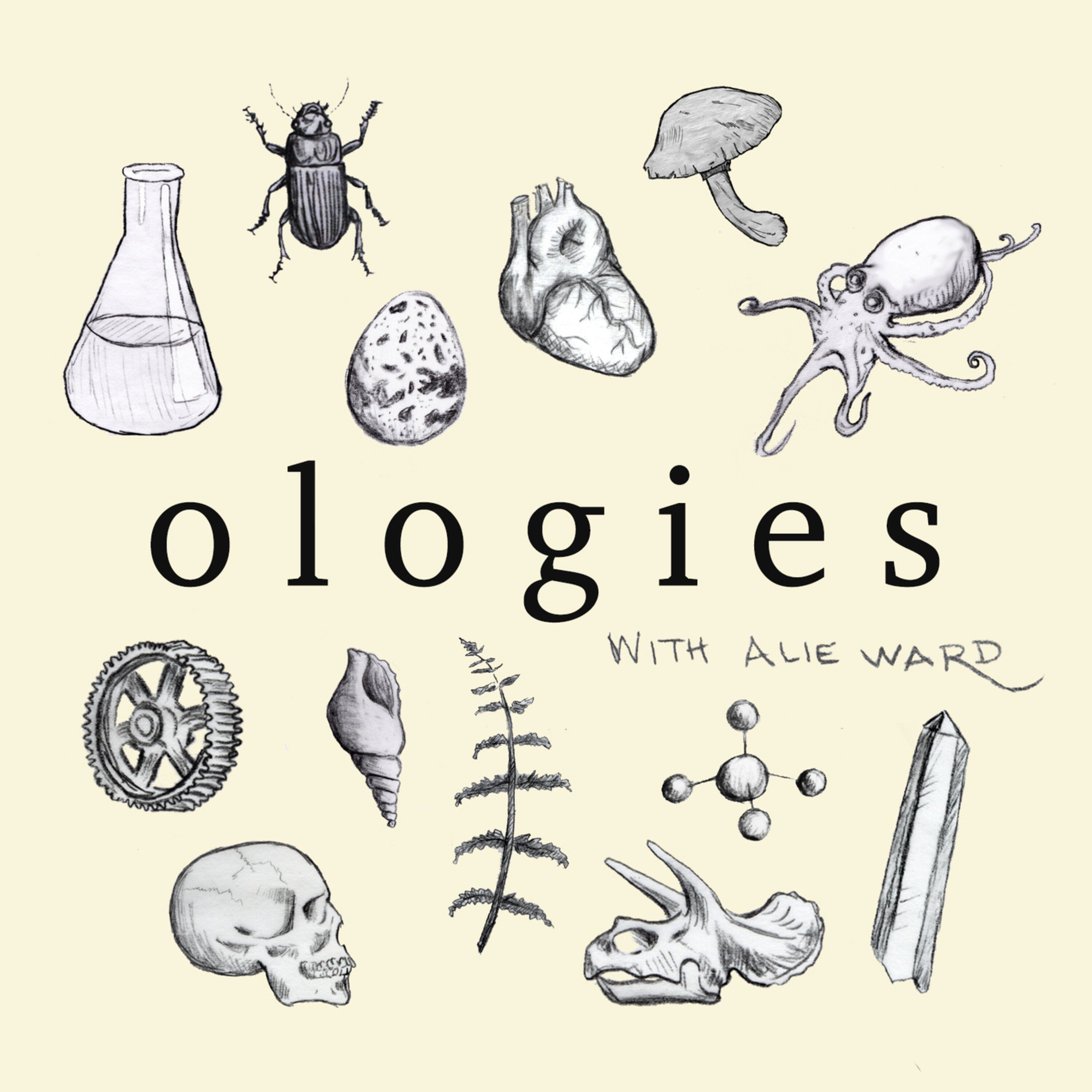
Heliox: Where Evidence Meets Empathy
Join our hosts as they break down complex data into understandable insights, providing you with the knowledge to navigate our rapidly changing world. Tune in for a thoughtful, evidence-based discussion that bridges expert analysis with real-world implications, an SCZoomers Podcast
Independent, moderated, timely, deep, gentle, clinical, global, and community conversations about things that matter. Breathe Easy, we go deep and lightly surface the big ideas.
Curated, independent, moderated, timely, deep, gentle, evidenced-based, clinical & community information regarding COVID-19. Since 2017, it has focused on Covid since Feb 2020, with Multiple Stores per day, hence a sizeable searchable base of stories to date. More than 4000 stories on COVID-19 alone. Hundreds of stories on Climate Change.
Zoomers of the Sunshine Coast is a news organization with the advantages of deeply rooted connections within our local community, combined with a provincial, national and global following and exposure. In written form, audio, and video, we provide evidence-based and referenced stories interspersed with curated commentary, satire and humour. We reference where our stories come from and who wrote, published, and even inspired them. Using a social media platform means we have a much higher degree of interaction with our readers than conventional media and provides a significant amplification effect, positively. We expect the same courtesy of other media referencing our stories.
Heliox: Where Evidence Meets Empathy
Neuroaesthetics: The Science of Why Art Moves Us
Have you ever stood before a painting and felt your breath catch? Or had goosebumps ripple across your skin during a musical crescendo?
There's something almost magical about these moments—when art transcends being merely something we observe and becomes something we experience with our entire being. For centuries, we've attributed this power to the ineffable, the spiritual, or simply "taste."
But what if I told you neuroscience is finally catching up to what artists have intuited for millennia?
Welcome to neuroaesthetics, the field where brain science meets beauty, and suddenly, those transcendent moments have measurable neural signatures.
Most people never stop to question why a sunset moves them to tears or why certain music seems to bypass their rational mind entirely. We accept these experiences as just part of being human. ... continue to read the article
This is Heliox: Where Evidence Meets Empathy
Independent, moderated, timely, deep, gentle, clinical, global, and community conversations about things that matter. Breathe Easy, we go deep and lightly surface the big ideas.
Thanks for listening today!
Four recurring narratives underlie every episode: boundary dissolution, adaptive complexity, embodied knowledge, and quantum-like uncertainty. These aren’t just philosophical musings but frameworks for understanding our modern world.
We hope you continue exploring our other podcasts, responding to the content, and checking out our related articles on the Heliox Podcast on Substack.
About SCZoomers:
https://www.facebook.com/groups/1632045180447285
https://x.com/SCZoomers
https://mstdn.ca/@SCZoomers
https://bsky.app/profile/safety.bsky.app
Spoken word, short and sweet, with rhythm and a catchy beat.
http://tinyurl.com/stonefolksongs
Curated, independent, moderated, timely, deep, gentle, evidenced-based, clinical & community information regarding COVID-19. Since 2017, it has focused on Covid since Feb 2020, with Multiple Stores per day, hence a large searchable base of stories to date. More than 4000 stories on COVID-19 alone. Hundreds of stories on Climate Change.
Zoomers of the Sunshine Coast is a news organization with the advantages of deeply rooted connections within our local community, combined with a provincial, national and global following and exposure. In written form, audio, and video, we provide evidence-based and referenced stories interspersed with curated commentary, satire and humour. We reference where our stories come from and who wrote, published, and even inspired them. Using a social media platform means we have a much higher degree of interaction with our readers than conventional media and provides a significant amplification effect, positively. We expect the same courtesy of other media referencing our stories.
This is Heliox, where evidence meets empathy. Independent, moderated, timely, deep, gentle, clinical, global, and community conversations about things that matter. Breathe easy. We go deep and lightly surface the big ideas. Have you ever been, you know, completely captivated by a painting? Or maybe felt chills listening to a piece of music? Or been just utterly absorbed in a novel and wondered, what's actually what's going on in my brain right now? Yeah, exactly. Well, today we're taking a really fascinating journey right to where art and neuroscience meet. We're exploring this surprisingly concrete world called neuroaesthetics. That's right. And you can think of neuroaesthetics. It's a field really sparked by Samir Zeki, background 2001. Think of it as our way of understanding the brain's, let's say, backstage pass to your artistic experiences. A backstage pass. I like that. Yeah. And when we talk about art, we mean, well, everything that moves you. So from breathtaking visual art to soul-stirring music, the power of literature, even the impact of architecture and cinema, it's broad. Okay. And our guide for this exploration today is this really compelling article, from August 2024. It's titled Art and Neuroaesthetics. Understanding the Brain's Response to Art. And this piece, it really unpacks things, the history, the underlying science, the methods researchers are using, and actually some of the really interesting ways this knowledge might be applied. So get ready for a concise but hopefully insightful look into why art affects you the way it does. We're sort of sifting through the core ideas, pulling out some of the more maybe unexpected findings and trying to give you a clearer picture of what paintings, symphonies, novels, you know, all these forms of art, what they're actually doing inside your brain. Our goal is pretty simple, really, to answer that fundamental question, but, you know, without getting totally lost in overly technical jargon. Perfect. Okay. So to kick things off then, what's the real core idea behind neuroaesthetics? What's it fundamentally trying to uncover? Well, at its heart, neuroaesthetics is about how your brain actively engages with art. It's not just like a passive reception of sensory stuff. It's about how your brain analyzes the structure, processes the meaning, and ultimately interprets those artistic stimuli. So this field investigates everything from that initial spark of perception. You see a brushstroke, you hear a note, right through to the deeper brain mechanisms that allow for artistic creation. And also your understanding of maybe what the artist intended. So when we ask that question, what do they do in the brain? It's about more than just where the signals go. Oh, precisely. Yeah. It delves into the dynamic changes happening within the brain. You know, the intricate networks that become active, the pathways that might strengthen as we experience art repeatedly and how our brains store and then recall those aesthetic encounters. It's really about the fundamental neural activity that underpins, well, creation, memory, reading, recollection and ultimately our appreciation. And what about the other side? When art's being created, that question, what is in the brain when there is a creation of art? That sounds, well, even more elusive, doesn't it? It is. It's definitely a frontier of the field, you could say. Neuroaesthetics explores how those initial creative impulses, whether they're visual images popping into your head, imagined sounds, maybe the selection of specific words, or even physical gestures, the stirrings of emotion, how those get translated into tangible art within the brain. How that leap happens. Exactly how that leap happens. It looks at how these neural connections and patterns of activity manifest in different artistic styles and forms. And it even opens up these fascinating questions about, you know, potentially influencing the brain to maybe unlock new avenues of artistic expression. Wow. It sounds like defining neuroaesthetics itself is kind of like trying to capture a moving target, given all the different facets it explores. Absolutely. Yeah. Defining it requires us to grapple with, well, the very nature of art itself, right? It's diverse languages and how neuroaesthetics intersects with them. We also need to consider the physical embodiment of art. Is it a fleeting melody or a lasting sculpture? And then there's the inherently personal nature of an aesthetic experience. Is it purely internal, triggered solely by something external, or is it this rich interplay of both? Right. The internal and external meaning. Yeah. And then you have to factor in the broader cultural and historical context that shapes how we understand art. So, yes, it's a truly multifaceted field. So, OK, even though the term neuroaesthetics is relatively recent, you said 2001. Roughly. Yeah. People must have been pondering this connection between our minds, our bodies and how we experience beauty for centuries. Surely. Oh, definitely. The article actually takes us way back to the philosophical mind brain issue, starting with Descartes in the 17th century. Yeah. His idea of this distinct separation between mind and body, it really set the stage for centuries of debate. And this eventually evolved into what we call the mind-body problem, that enduring question of how our mental experiences, our thoughts and feelings relate to our physical brains. So for a long time, it was more in the realm of like philosophical armchair discussion. When did the scientific tools really start to come into play here? Well, the 19th and 20th centuries saw a pretty significant shift. towards understanding the brain's actual concrete influence on our thoughts and emotions. Especially with advancements in the social sciences, philosophers started to challenge that old notion that the physical world had minimal impact on our internal states. And this really paved the way for neuroscientists to start thinking in terms of levels of explanation, recognizing the physical brain as the foundation for our cognitive, emotional, and social lives. And then, 2001, Vlana Ramatandran's work pops up as this pivotal moment. What was the key insight he brought to the table? Ramatandran's 2001 paper, Art and the Neurobiological Approach, yeah, it's considered a real landmark. His core idea was the existence of what he called aesthetic universals. Aesthetic universals, okay. Essentially, yeah. Fundamental principles of art that seem to evoke shared feelings and beliefs across different cultures. He proposed that while obviously our individual tastes very wildly, there might be underlying elements in art that our brains are inherently sort of predisposed to respond to. Interesting. So things like maybe a particular type of symmetry or a certain level of contrast might have a universally appealing quality, neurally speaking. Precisely that kind of concept. Yeah. Then you fast forward just a couple of years to 2003 and Robert Zator published some groundbreaking neuroimaging research. This was specifically focused on how our brains process music. Ah, music specifically. Yes. And this was a major turning point because it gave us actual visual evidence brain scans showing activity linked to an aesthetic experience. And interestingly, in that very same year, the term neuroaesthetics itself was formally introduced to the scientific community at a symposium. So it really all kind of coalesced as its own distinct interdisciplinary field right around the beginning of the 21st century. Exactly. And it's just been this rapidly expanding area ever since. It's drawing together not just neuroscientists, but, you know, art historians, philosophers, neurobiologists, psychologists, all trying to unravel these cognitive and emotional threads that connect us to art. Okay, so we've got a decent handle now on what neuroaesthetics is and a bit about its origins. Now let's get into the foundations. What are the really fundamental neuroscientific principles that underpin this whole field? Well, the central principle really is the well-established connection between our experiences, what we see, hear, feel, and the activity within our brains. Neuroaesthetics tries to bridge that subjective feeling of beauty, that wow moment, with the actual neural mechanisms happening inside our heads. It suggests that when we find something aesthetically pleasing, it's not just some random personal preference. It's actually rooted in specific patterns of brain activity. So it's less about, oh, I just happen to like this, and more about, okay, my brain is responding to particular features in this artwork in a very specific way. Exactly that. When we encounter aesthetic stimuli, it engages both our fundamental emotional processing centers, you know, the parts of the brain dealing with feelings, immediate gut reactions, and also higher level areas, those involved in making judgments reflecting on our experiences. So it's a mix of gut feeling and conscious thought. Sort of, yeah. The aesthetic experience, therefore, seems to emerge from this intricate dance between these different brain networks. Emotional, decisional, reflective. And the article mentions that brain imaging reveals specific areas activating during aesthetic evaluation, regardless of whether it's, say, a visual artwork or a piece of music. That seems like a pretty powerful finding. It really is. It hints at maybe a common underlying neural language for our appreciation of beauty across different senses, Whether you're captivated by a stunning painting or moved by a powerful symphony, it seems some of the same core brain regions, those involved in processing emotions, making evaluations, reflecting they become more active. Okay, let's zoom in on those brain regions then, particularly when we're talking about seeing art. The article discusses something called a perception network. What's its role? Right, the perception network, or PN. It's considered essential for that initial stage of visually analyzing art. It's the part of your brain that's basically taking in the raw visual information, things like lines, shapes, colors, and how different elements are positioned relative to each other in the artwork. Like the brain's initial sketchpad for the art. You can think of it like that, yeah. The brain's initial visual parsing system for art. And who are the key players in this network? Which specific brain areas get involved? The main areas involved, typically on both sides of the brain, include the posterior superior temporal sulcus, the PSTS, the middle temporal V5 area, that's MTV5, and the fusiform gyrus, or MFG. These regions are highly specialized in analyzing sensory details and spatial relationships, particularly the visual components that make up a piece of art. So the PN is doing that foundational work of visual processing. Okay, that makes sense, the initial intake, processing the raw visual data. But then the article mentions an initial aesthetic network that kicks in really rapidly, like within the first three quarters of a second after seeing something. What's happening there? Ah, yes. That's when your brain starts to make a very rapid, almost subconscious assessment of beauty. This network, which was identified using EEG, studies those measure brainwaves. Right, the electrical activity. Exactly. It involves a broader range of areas, including the occipital lobe, which is key for vision, the temporal lobe involved in memory and recognition, and the parietal lobe, which deals with spatial awareness. So it's pulling in more resources. It seems so. This network is thought to quickly evaluate whether a visual stimulus is considered beautiful based on things like your cultural background, your personal values, your priorities, and crucially, your past experiences. So it's bringing in those higher level, more subjective filters extremely quickly. Wow, less than a second. So the perception network handles the basic visual data, and then this initial aesthetic network is where our sort of personal lens and associations start to immediately shape our perception. Precisely. And the article also briefly touches on those well-known what and where pathways in visual processing. Remember those? Vaguely, yeah. Ventral and dorsal stream. That's them. The ventral stream helps us identify what we're seeing, recognizing objects, faces, and the dorsal stream focuses on where it is in space and guiding our interaction with it. Both of these pathways definitely contribute to our overall perception and interaction with visual art. How so? Give me an example. Well, the what pathway might help you recognize, say, it's a portrait of a person, while the where pathway helps you understand its composition, how the figure is placed on the canvas, the spatial arrangement. Got it. This is really illuminating. Now, it can't just be about specific brain regions lighting up, can it? There must be some chemical communication involved. The article mentions neurotransmitters. How do they factor into our experience of art? Right. Absolutely crucial. Think of neurotransmitters as the chemical messengers. They allow the neurons in your brain to talk to each other. They play this vital role in mediating how effectively we perceive and respond to art. As the article puts it quite nicely, these neurochemical signals are essentially what enable us to enjoy the beauty of a painting. So when we feel that, you know, that rush of pleasure or maybe awe when you look at a piece of art, there are specific neurotransmitters actually at play facilitating that feeling. Exactly. While the article doesn't necessarily list every single neurotransmitter involved in every possible aesthetic experience that's hugely complex. Sure. It definitely underscores the fundamental role of brain chemistry in shaping our emotional and cognitive responses to art. It really highlights how neuroaesthetics is kind of blurring those traditional boundaries. Between the seemingly subjective world of art and the objective realm of science, it shows our personal experiences are deeply rooted in our neurobiology. It really drives home that idea that our brains aren't just passive receivers. They're active participants in the art experience, processing it in a very real, tangible, chemical way. Okay, and the article also discusses the different ways neuroaesthetics is actually studied. What are some of the main research methods they use? Well, as the article emphasizes, neuroaesthetics is inherently interdisciplinary, right? It aims to connect our subjective aesthetic experiences with their neural underpinnings. So a significant chunk of the research relies on functional neuroimaging techniques. FMRI is a particularly valuable tool here. FMRI, the brain scanner. Right. Functional magnetic resonance imaging. It allows scientists to observe which areas of the brain become more active, use more oxygen when individuals are engaged with art. So you can think of it like, yeah, a brain scanner that highlights the regions working hardest when you're looking at a sculpture or listening to music. So fMRI can literally show us the kind of hot spots of activity in the brain when we're appreciating art. Precisely. Researchers use fMRI to pinpoint the specific brain areas, the neural circuits, the underlying mechanisms involved in our aesthetic responses, particularly with visual art. Many studies focus on areas linked to aesthetic judgment, but also deeper subcortical regions involved in emotion. And they consistently reveal this widespread network of brain areas involved in perception, cognition, and emotion are activated during an aesthetic experience. The article points out that fMRI has been a key technology in this field since the early 2000s, really. It's provided invaluable insights into how visual art is initially processed by the brain and how that initial encoding influences our later appreciation. Okay. And beyond just looking at the brain in action, are there other important research approaches? The article also mentions behavioral studies. Yes, absolutely. Behavioral studies are a vital complement to neuroimaging. While they may become from a more traditional psychological background, they offer crucial information about how viewers actually interact with art and also the behaviors of artists during the creative process. Oh, okay. So not just the brain, but what people do. Exactly. These studies often focus on the viewer's cognitive appraisal, like how they interpret the art and their emotional responses. For instance, researchers might track how long someone spends looking at different parts of a painting using eye tracking. Oh, interesting. Or simply ask them to rate their emotional response to various artworks on a scale. So things like how our gaze literally moves across a canvas, or maybe the words we choose to describe our experience of a sculpture. Exactly that kind of thing. And the article really stresses the importance of bringing these two lines of inquiry together. You know, the objective brain activity captured by neuroimaging and the subjective observable behaviors. You need both to gain a more complete understanding. Makes sense. Behavioral studies use a whole range of methods from analyzing information processing to, as he said, eye tracking. And interestingly, despite the huge diversity of art forms and individuals studied, these behavioral studies often reveal broad patterns of appreciation across different populations and artworks, which suggests some fundamental psychological principles are at play in how we engage with art. That makes perfect sense, yeah. It's not just what's happening inside our heads in isolation, but also how that internal state manifests in our observable reactions and preferences. Now, the article also touches on the other side of the coin, the act of artistic creation itself. How does neuroaesthetics shed light on that process? Right. This is an increasingly active and, I think, fascinating area of research. While early neuroaesthetics was, perhaps understandably, primarily focused on how we appreciate art. The viewer experience. Exactly. The viewer experience. There's a growing interest now in understanding the neural mechanisms involved in creating art. Researchers are starting to explore how the insights we gain from neuroaesthetics might actually inform and maybe even enrich artistic practice itself. That's a really intriguing idea. Could you give us an example? How might that work? Well, the article mentions experiments where artists deliberately engage with their creative process in unconventional ways. For example, drawing or painting with their non-dominant hand. Oh, okay. Why? Well, the thinking there is that by disrupting habitual motor control, artists might be able to tap into different neural pathways, maybe bypass some ingrained habits, and unlock novel creative approaches. Ah, interesting. Another example mentioned is the use of transcranial direct current stimulation, or TDCS. It sounds scarier than it is. It's a non-invasive technique that gently stimulates specific brain areas. Researchers are investigating whether this could potentially enhance creativity and artistic expression. Wow. The overarching goal here is really to foster a dynamic interplay, a dialogue between neuroscience and artistic practice, potentially leading to a deeper understanding and maybe even enhancement of the creative process itself. It really is like science and art engaging in a conversation, each informing the other. That's a really exciting prospect. And it sounds like this understanding of the brain's response to art isn't just for, you know, academic curiosity. There seem to be real-world applications, particularly in areas like art therapy, as the article points out. Absolutely. Yeah, understanding how the brain reacts to art has significant practical implications, especially for art therapy. The insights from neuroaesthetics can help us better understand how engaging with art, whether it's viewing it, listening to it, or the actual act of creation, can promote emotional well-being and potentially support cognitive rehabilitation. How so? Well, by studying the neurocognitive changes that occur when someone interacts with art, we can potentially develop more effective and perhaps more targeted therapeutic approaches. So, for instance, understanding the neural pathways involved in appreciating, say, a peaceful landscape painting that could provide valuable insights for therapists working with someone maybe struggling with anxiety. Exactly. That line of reasoning, yes. The article also briefly mentions the connection to something called neuropsychoanalysis, exploring the psychological effects of aesthetic experience, particularly in relation to conditions like boredom or anxiety. The idea is that engaging with art can offer this unique form of creative expression and mental engagement that has inherent therapeutic benefits rooted in how our brains work. This whole field is just so much more expansive and interconnected than I initially realized. So as we kind of bring this deep dive to a close, what would you say is the most important takeaway from our exploration of neuroaesthetics today? Hmm. The key takeaway. I think it's that neuroaesthetics provides this really powerful and increasingly clear lens through which we can understand why art resonates so profoundly with us. It's revealing the intricate neural processes that come into play when we both appreciate and create art. Effectively, it's bridging those seemingly disparate realms of subjective artistic experience and objective brain science. That's a fantastic way to summarize it. And it really makes you think, you know, now that you have a glimpse into what happens in your brain when you encounter art, does it change how you might approach or think about your next artistic experience? Whether that's wandering through a museum or putting on your favorite music or even just sketching in a notebook. Could understanding these neural connections maybe unlock new ways for you to engage with and benefit from art in your own life? It's definitely something worth contemplating, isn't it? Indeed it is. And if this exploration has sparked your curiosity, we definitely encourage you to delve further. Look into the fascinating research being done in neuroaesthetics and maybe just reflect on your own personal connections with art through this kind of newfound perspective. There's really a whole world of intriguing discoveries still waiting to be made there. Thanks for listening today. Four recurring narratives underlie every episode. boundary dissolution, adaptive complexity, embodied knowledge, and quantum-like uncertainty. These aren't just philosophical musings, but frameworks for understanding our modern world. We hope you continue exploring our other podcasts, responding to the content, and checking out our related articles at heliocspodcast.substack.com.


















